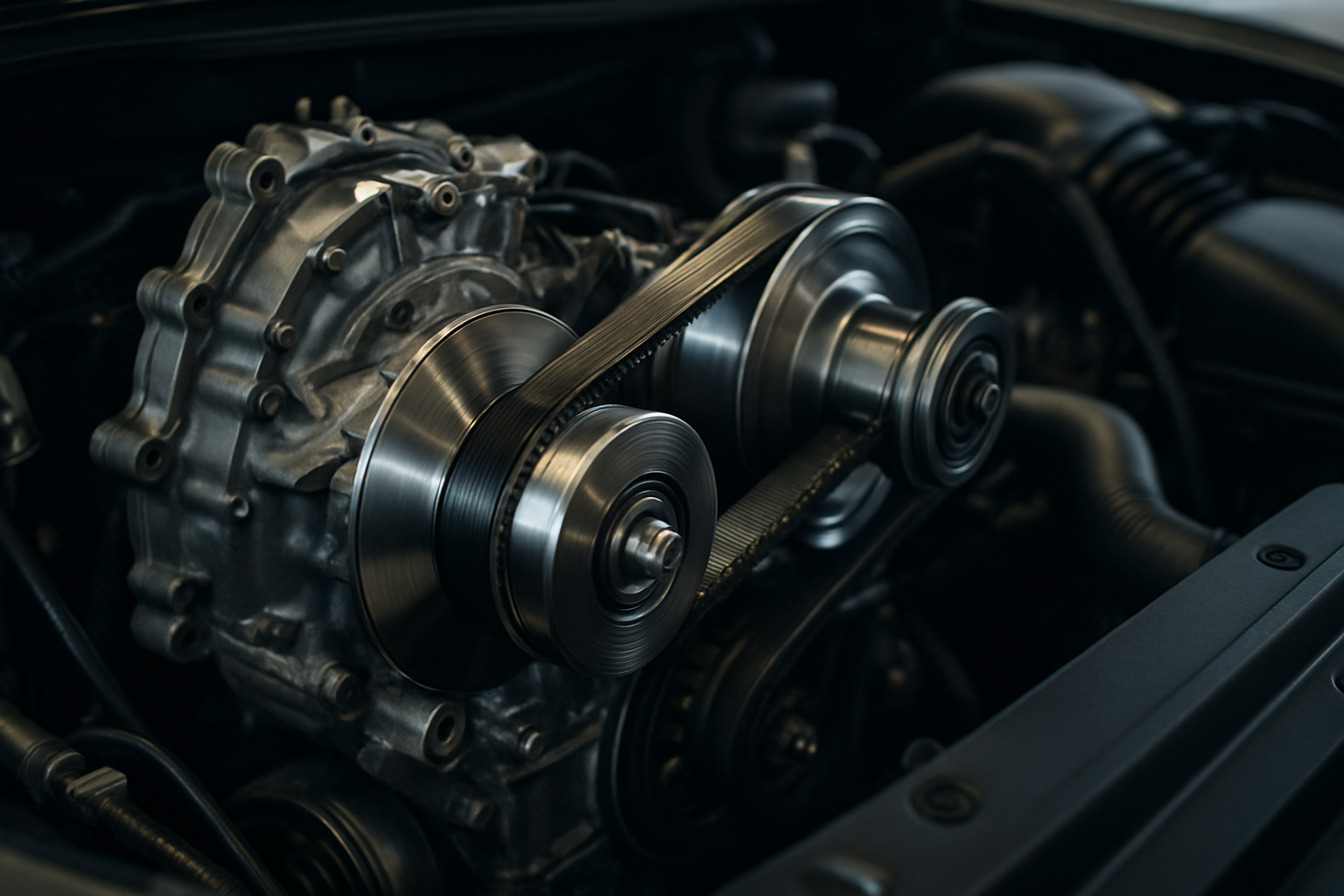Demystifying the Magic of Continuously Variable Transmissions
Continuously variable transmissions (CVT) are not a new invention in the automotive industry. Their origin can be traced back to the late 19th century when Milton Reeves, an American inventor, used a variable-speed transmission in his car, the Reeves Octoauto. Over the years, the development of CVTs has been gradual, with automakers like DAF, Subaru, and Nissan championing their use in passenger cars.

The Mechanics of CVTs
Unlike traditional automatic or manual transmissions that use set gear ratios, CVTs employ a pair of variable-width pulleys connected by a belt or chain that can alter the gear ratio continuously. This functionality offers a seamless acceleration experience, eliminating the noticeable gear shifts that characterize conventional transmissions. Moreover, CVTs are generally lighter and simpler in construction, translating into better fuel efficiency and cost-effectiveness.
The Upsurge in CVT Popularity
Today, CVTs are becoming a common sight in modern vehicles, thanks to their benefits over traditional transmissions. They offer impressive fuel efficiency—an attribute highly sought in today’s era of environmental consciousness. Moreover, the smooth driving experience they provide, devoid of the jerky gear shifts, appeals to today’s modern driver, who prioritizes comfort and efficiency.
The Flip Side of CVTs
However, like any technology, CVTs have their drawbacks. One significant issue is the ‘rubber band’ effect, where the engine revs up before the car accelerates. This can be disconcerting for drivers used to the immediate response of conventional transmissions. Also, some drivers find the CVT’s operation noisy and the drive experience less engaging. Lastly, while CVTs are designed for efficiency, they may not cope as well with the demands of high-performance driving.
The Future of CVTs
Despite the challenges, the future of CVTs looks promising. Automakers are continually refining the technology to improve its performance and driver appeal. For instance, some manufacturers are introducing artificial ‘steps’ in the CVT operation, mimicking the feel of a traditional automatic transmission.
In conclusion, the continuously variable transmission represents an intriguing facet of automotive innovation, combining historical ingenuity with modern technology. It’s not without its drawbacks, but its benefits—namely, superior fuel efficiency and smooth operation—make it a compelling choice for the modern, eco-conscious driver. As automakers continue to refine and innovate, we can look forward to even more improvements in CVT technology.






